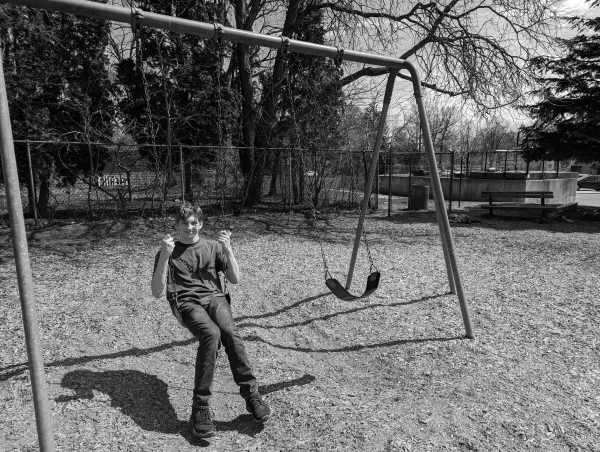Risking Vulnerability
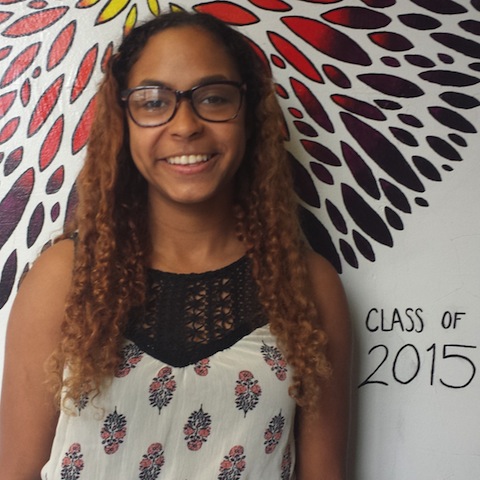
Rich smiles in front of a mural. One of her passions is painting.
Sensitive is the new brave.
Angel Rich had her hands folded on the table. Her fingers were interlaced. They tightened and contracted as she talked about grief. When Rich was ten, her mother passed away.
Seven years ago, following the loss of her mother, she began attending Ele’s Place, a healing center for grieving children and teens. Rich finds that the weeks she is not able to go to the group are more difficult for her.
“Some weeks I’m not able to go because I have school conflicts or sports games that I have to attend to,” Rich said.
”It actually affects me so much in that week when I can’t go, because a lot of people who go there now, whoever died in their family [died more recently], so they’re more affected right now by it,” Rich said. “But when I go there, I go there to talk, because I don’t really have people that I can talk to to keep those memories alive, because I feel like if I don’t, then I’ll start forgetting things. I go more to keep myself positive about her.”
Vulnerability is defined by Merriam Webster as: 1. Capable of or susceptible to being wounded or hurt, as by a weapon, or 2. Open to moral attack, criticism, or temptation. In other words, vulnerability is exposure. It is putting oneself on display in a way that has the potential to be uncomfortable.
Brene Brown is a social scientist and self-proclaimed “researcher-storyteller.” Brown gave a Ted Talk about vulnerability that has over four million Youtube views. In it, she describes her six years of research on the topics of shame, vulnerability and courage. She examined what it was that distinguished those who had a strong sense of self from those who did not. The data showed that the presence of one trait separated them: courage. In addition to courage, Brown said that the other trait that set them apart was their willingness to embrace vulnerability.
“They believed that what made them vulnerable made them beautiful,” Brown said.
“They didn’t talk about vulnerability being comfortable, nor did they really talk about it being excruciating,” Brown said. “They just talked about it being necessary. They talked about the willingness to say ‘I love you’ first … the willingness to do something where there are no guarantees … the willingness to breathe through waiting for the doctor to call after your mammogram. They’re willing to invest in a relationship that may or may not work out. They thought this was fundamental.”
Brown describes vulnerability as uncertainty, risk and emotional exposure.
Brown also believes that shame is the biggest vulnerability blocker that there is; if someone experiences a lot of shame, they are less likely to put themselves in positions of emotional vulnerability, and by extension less likely to be happy. According to Brown, shame prevents taking emotional risks.
This is both supported and challenged by therapist and social worker Dr. Susan Barrow, who has done extensive studies in the areas of emotional exposure as it correlates to overall wellness. “I think that in order to feel like you can make yourself vulnerable you need to feel safe. I think safety would be the number one ingredient that people need in order to feel vulnerable,” Barrow said, challenging the assertion that Brown makes by essentially equating taking emotional risks with becoming stronger. It is essential to strike a balance between vulnerability and safety, and to approach vulnerability thoughtfully.
Vulnerability isn’t easy. In a culture that emphasizes keeping feelings to yourself, it’s natural to feel isolated. According to Barrow, generally, vulnerability becomes more comfortable with time and experience. “Somebody who’s had experiences of making themselves vulnerable and having it turn out okay is going to be much more willing to make themselves vulnerable [in the future],” Barrow said.
Though confronting memories of her mother can be difficult for Rich, over time, it has become more comfortable through the routine of attending Ele’s Place. Exposing herself to the vulnerability of sharing with the group has been ultimately positive, but she still encounters people who don’t see the benefits of vulnerability.
“Why is being vulnerable so looked down upon in this reality, though?” Rich wondered. “Like, I’ve had people say, ‘Oh, I’m sorry your mom died’ and I’ve actually replied, ‘It’s fine’ or ‘It’s whatever,’ because I can’t show that it hurts or it’ll make me vulnerable,” said Rich.
Rich asks a poignant question. Though cultural messages don’t suggest this, one stands to gain so much when one becomes comfortable with their emotions and the emotions of others. Human connection is only possible with vulnerability, and according to Brown’s research, connection is what makes life meaningful.




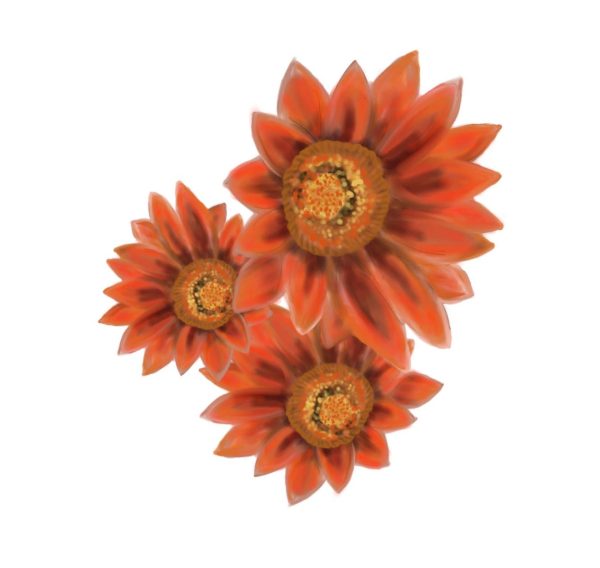


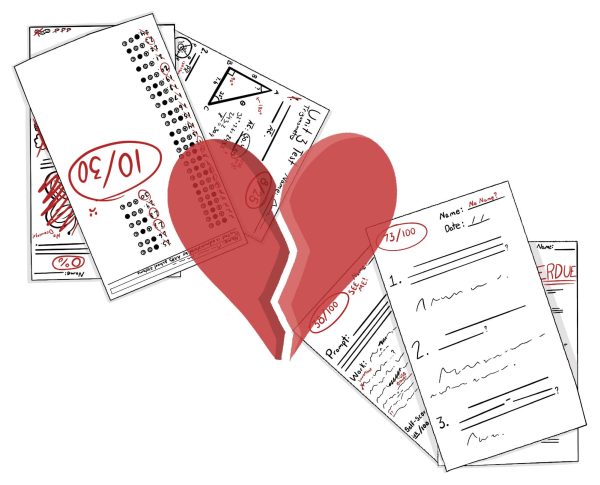
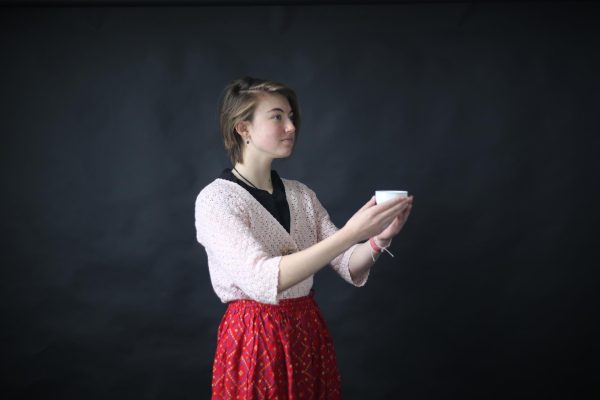
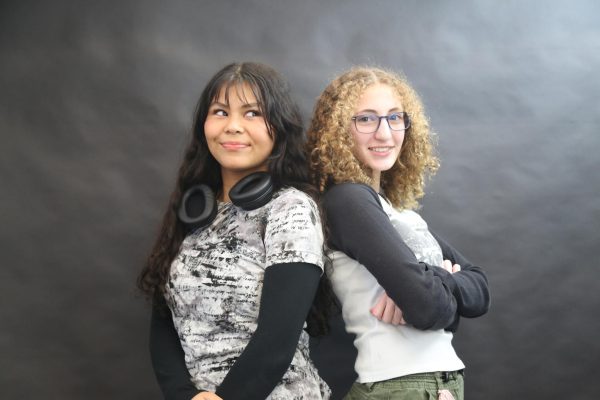
![During a CET rehearsal of the number “A Call to Pierre,” various members in the ensemble, including Maggie Williams, hold up titan tubes. Various people in the ensemble held titan tubes during some numbers in the show, and did basic choreography with them, using the lighting for emphasis. “[Having titan tubes] is a super cool addition to the show,” Williams said.](https://chscommunicator.com/wp-content/uploads/2024/04/67FXGPwwRSi7VlvWUvKuzOOZ2VN2lueTvbEBAWRQ-600x482.jpg)


